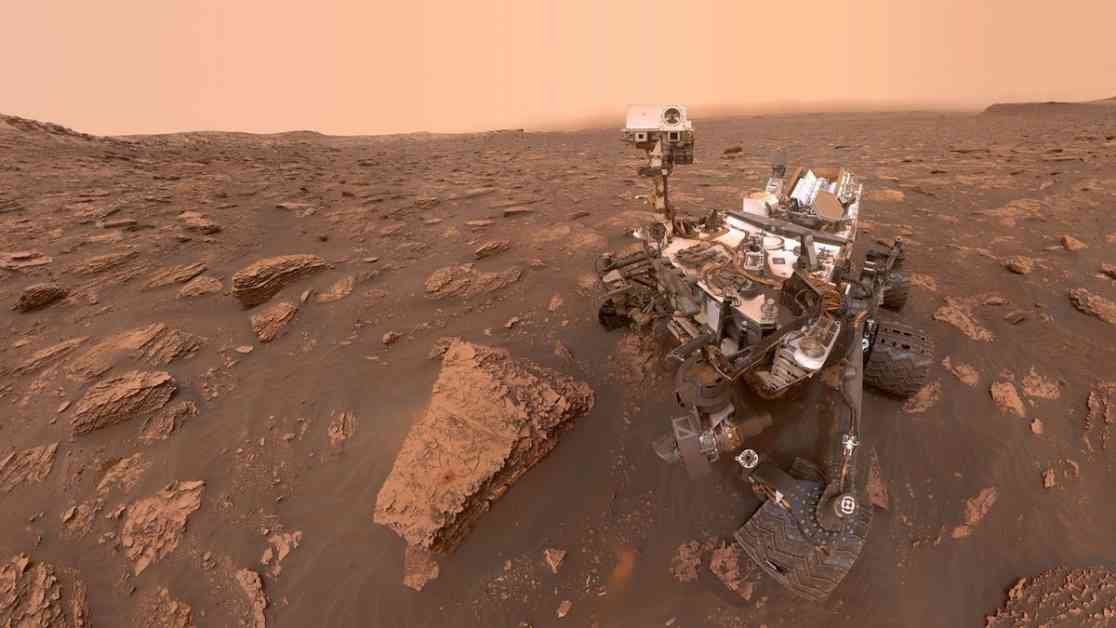NASA’s Curiosity rover has been exploring Mars since 2012, traveling over 20 miles on the Red Planet’s surface. However, the rough terrain has taken a toll on its wheels. The rover’s wheels have picked up holes and show signs of wear and tear, even though the tread pattern remains intact. Despite the damage, NASA is not too concerned as they have come up with clever solutions to extend the life of the wheels. The rover team carefully plans Curiosity’s path to avoid rough terrain and even drives backward over challenging areas to reduce strain on certain wheels.
Unlike the tires on Earth vehicles, Curiosity’s wheels are made of aluminum with a unique chevron pattern for traction. The wear and tear on the wheels were expected, especially in the thinnest parts between the chevrons. This kind of damage observed on Curiosity has helped NASA refine the wheel design for the Perseverance rover, which landed on Mars in 2021. The new rover features larger diameter wheels and a closer, straight tread pattern, which should improve wheel durability.
The damage on Curiosity’s wheels serves as a valuable lesson for future Mars missions. Elon Musk, who plans to send missions to Mars in the coming years, may benefit from these improvements in wheel design. With better wheel durability, future Mars rovers may not require as many spare tires on their missions. NASA continues to monitor Curiosity’s wheels regularly, taking multiple images and adjusting its path to minimize further damage. Despite the wear and tear, Curiosity remains a resilient explorer on the surface of Mars, paving the way for future missions to the Red Planet.










